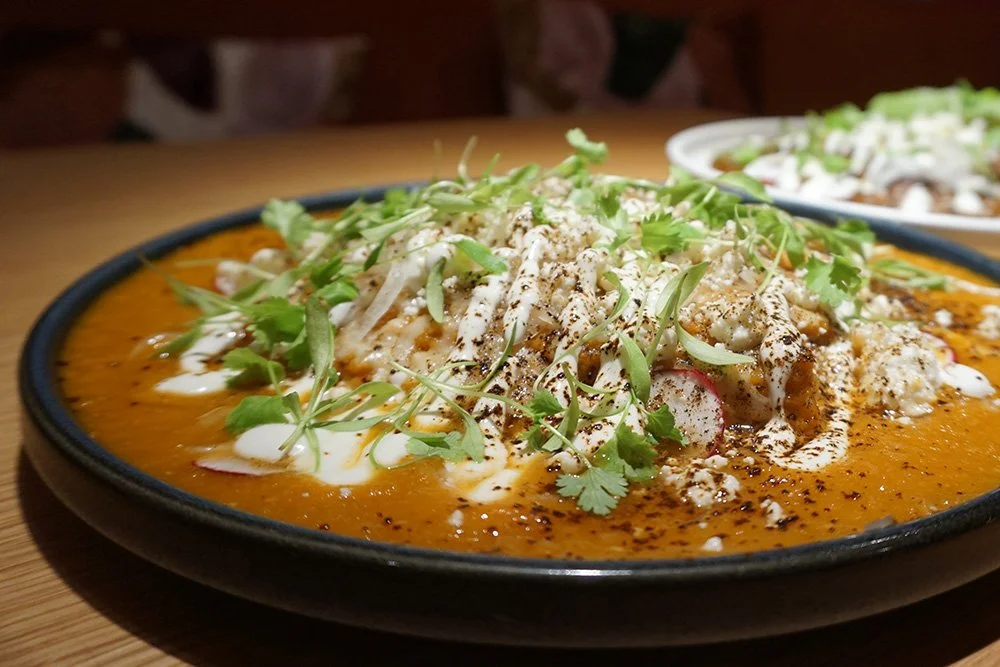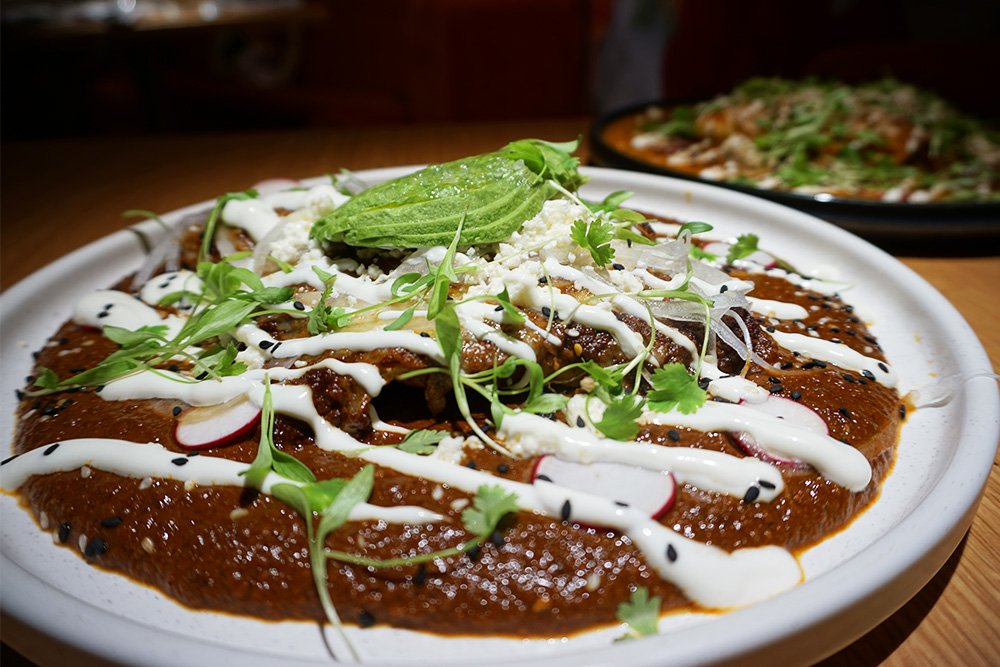Mexican-ish: The Collaborative History of the Modern-Day Burrito
Credit: Pixabay via pexels.com
When Meximodo opened and revealed our menu in November 2023, we were met with overwhelming support and excitement to try our fresh take on authentic Mexican cuisine. But there was one comment that popped up from time to time: “How are they a Mexican restaurant that doesn't sell burritos?”
So, are burritos actually Mexican?
The short answer: Debatably, burritos are not a traditional Mexican dish.
The long answer: Not really. But kind of. It’s a matter of semantics! While they most likely originated in Mexico, they are an Americanized spin on a Spanish-influenced food, created out of convenience. In reality, the world did not see burritos become a phenomenon until the 1950s, thanks to taquerias in Southern California making it a menu staple and — funnily enough — the invention of the frozen burrito in 1956.
But they’re from Mexico, right?
It may seem hard to believe given the prevalence of burritos around the world, but the origins of the burrito are unknown! Some people believe it’s a product of American Tex-Mex, and some people believe it was a not-as-popular spin on the taco once the Spanish conquistadors were settling in Mexico.
In reality, it might be a hybrid of all of that, rolled up into one big theory burrito. It’s widely accepted that the burrito was first invented in the early 1900s, but there are many theories on the actual origin. Gustavo Arellano, author of Taco USA: How Mexican Food Conquered America, finds most credibility in one theory in particular: The burrito was invented in the Northwestern Mexican state of Sonora, due to its portability in a pre-automobile world. They might have looked different from what we know today, not as huge and overstuffed, but this was probably the start of the fully-wrapped tortilla stuffed with food (most likely leftovers back in the day.)
How did the burrito get its name? It’s probably referencing burros, the Spanish word for donkeys, who were a primary mode of transportation for 20th century Mexicans. The suffix “—ito” is a term of endearment or an indicator that something is small in size, and some people believe the name is due to the food’s resemblance to the ears of a donkey!
The History of the Burrito
Let’s rewind all the way back to the Mesoamerican periods. The roots of the burrito start as early as 10,000 BC, where corn tortillas were already being used as a vessel to wrap around other ingredients. Unsurprisingly, corn tortillas are still widely considered to be the superior tortilla.
Jump forward to the early 1500s, and Spain was colonizing the Aztec communities in what we now know as Mexico. They tried (and mostly failed) to make wheat a huge crop, and the origin theories line up with this. "[Sonora is] the wheat-growing region in Mexico," Arellano says to Vox, "and a lot of the Spanish settlers stuck with wheat, so they made flour tortillas."
Vox’s reporting continues: “At the time, Aztec cuisine centered on the tortilla and the tamale — a cornmeal shell stuffed with food, then steamed — which had some of the portability of the burrito. It kept for a long time and tasted good.”
The Spanish also added new foods to the Aztec diet like beef, chicken, and cheese. Quesada, a Mexican restaurant chain, says this about the more “traditional” burrito: “The original Mexican burritos (which are still consumed in Mexico today) are small and thin. They are filled with basic ingredients like meat, fish, cheese, beans, rice and hot peppers – but never all together, just one or two of these ingredients in a single burrito.”
This seemed to be a Northern Mexican invention, never quite making it further down in the country. The burrito boom didn’t occur until migrant workers, known as braceros, appeared in Southern California. Thanks to the easy assembly and portability, burritos were a popular lunch item on the job. Local taquerias took a hold of the idea and made it a staple item on their menus, and the rest is history.
So truly, the burrito is the culmination of many cultures and ideas spanning centuries.
The Modern-Day Burrito
Burritos became a household item when Duane R. Roberts created the frozen burrito in 1956, riding on the success of his previous invention: the frozen beef patty sold to McDonald’s.
Arellano interviewed Duane Roberts for his book, where he said: "Our burritos were very tasty, portion-controlled, easy to handle. You didn't have to worry about spoiled food — they had a long shelf life, and you bring them out when you're ready to make them."
This also helped introduce the idea of Mexican food to areas without access to Mexican restaurants, thanks to schools picking these frozen lunches up as an easy meal for children. Burritos were already a hit, but they only became more popular as time went on.
The Mission burrito, or the San Francisco burrito, is more of what we think of as a burrito today. Invented at El Faro in San Fran, their Mission burrito was a huge tortilla filled to the brim with all the meat, rice, beans, and toppings you could think of.
And then, of course, enter Chipotle. As Vox says, they went on a mission to spread the Mission burrito across the country and found unprecedented success to this day. Throw in their invention of the burrito bowl, and they’ve become a household name in American-Mexican.
So no, burritos aren’t really traditional.
The modern burrito might have morphed from its origins, but even we can admit that it’s a genius menu item. Even Mexicans have taken a loving to this dish. But now you know why authentic Mexican restaurants, like Meximodo, might not serve burritos! (Or fajitas, for that matter. They’re also a product of a Mexican-originated meal turning into a Tex-Mex classic.)
"I have always maintained the biggest fans of Mexican food are Americans," Arellano concludes in his interview with Vox. "Not Mexicans.”
Still, the phenomenon of the burrito will live on as a delicious, legendary, Mexican-ish food.
What should I order at Meximodo instead?
We might not have burritos, but we do have another classic: Enchiladas! Our dish comes with three enchiladas in corn tortillas with queso inside, with the option of adding chicken, chorizo, or steak. They’re then topped with salsa verde or salsa roja, plus queso fresco, crema, white onion, and cilantro.
Want something a little more unique? Try our Brand New Enmoladas! They’re just like the enchiladas, but instead of salsa, they’re covered in our mouthwatering Mole Poblano sauce and sprinkled with sesame seeds.
The enmoladas are an all-time favorite of the author writing this blog, so you’ve got to give them a try!
Enchiladas
Enmoladas



